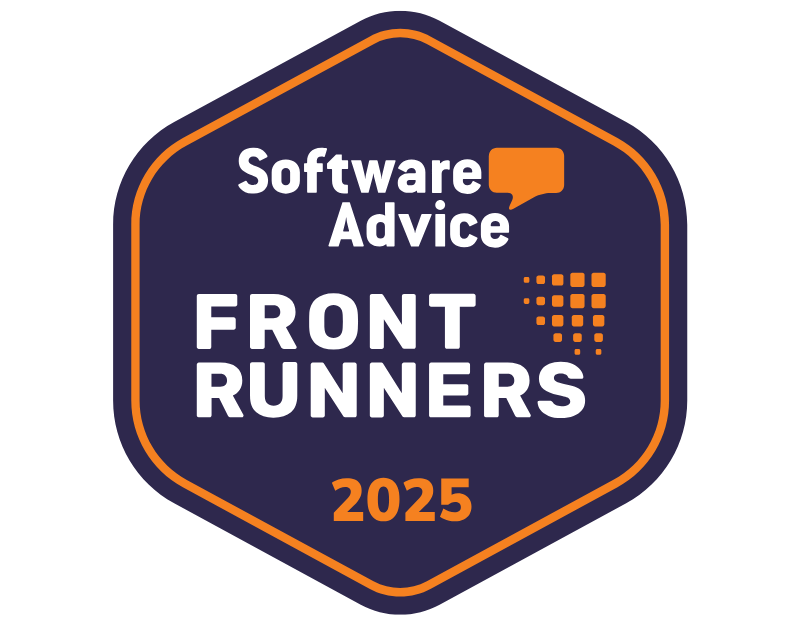Cash flow is the lifeblood of any business, yet many companies struggle with one of the most fundamental challenges to keep cash flow predictable and steady: getting paid on time. Outstanding invoices can cripple operations, strain vendor relationships, and limit growth opportunities. Understanding how to effectively chase outstanding invoices while maintaining professional relationships is crucial for achieving sustainable business success.
The accounts receivable management landscape has evolved significantly, with modern businesses requiring sophisticated strategies that balance assertive collection efforts with the preservation of customer relationships. This comprehensive guide explores proven methodologies for recovering unpaid invoices, leveraging automation, and implementing systematic approaches that transform your collections process from reactive to proactive.
Whether you’re a small business owner dealing with a handful of overdue payments or a large enterprise managing thousands of outstanding invoices, the strategies outlined here will help you develop a robust framework for improving cash flow while maintaining the professional relationships that drive long-term success.
What Does “Outstanding for Payment” Mean?
To define outstanding payment, it refers to any invoice that has passed its due date without receiving full payment from the customer. When we say an invoice is “outstanding for payment,” we’re describing a financial obligation that remains unfulfilled beyond the agreed-upon payment terms.
Outstanding invoices represent receivables that are legally owed to your business but haven’t been collected yet. These unpaid receivables can range from invoices that are just a few days overdue to those that have been pending for months or even years. The classification typically begins the moment an invoice surpasses its due date, regardless of whether it’s 1 day or 100 days late.
Understanding the distinction between outstanding and overdue is important for accurate financial reporting and collections strategy. While all overdue invoices are outstanding, not all outstanding invoices are necessarily problematic – some may simply be approaching their due dates or may have payment processing delays that are within normal business parameters.
The impact of outstanding payments extends beyond simple cash flow issues. They affect your working capital, may require additional administrative resources to manage, and can signal potential customer financial distress or satisfaction issues that need addressing.
Why Invoices Go Unpaid: Common Causes and Red Flags
Understanding why invoices remain unpaid is essential for developing effective collection strategies. The reasons typically fall into several categories, each requiring different approaches for resolution.
Administrative and Process Issues often account for the majority of payment delays. These include invoices sent to incorrect addresses, missing purchase order numbers, incomplete billing information, or invoices that don’t match the customer’s internal approval workflows. Many large organizations have complex procurement processes that require specific documentation or approvals before payment can be processed.
Customer Financial Difficulties represent a more serious category of payment delays. Warning signs include requests for extended payment terms, partial payments becoming the norm, delayed responses to collection attempts, or customers who previously paid promptly suddenly becoming slow payers. These situations require careful handling as the customer may be experiencing genuine cash flow problems.
Disputes and Satisfaction Issues can halt payment entirely. Customers may withhold payment due to quality concerns, delivery problems, or disagreements about the scope of work performed. These disputes need immediate attention as they can damage relationships and create legal complications if not resolved quickly.
Internal Process Failures within your own organization can also contribute to payment delays. Late invoice submission, unclear payment terms, poor record-keeping, or inadequate follow-up procedures all contribute to extended collection cycles.
Recognizing these patterns early allows businesses to address root causes rather than just symptoms, leading to more effective long-term solutions for improving payment performance.
How to Chase Outstanding Invoices Professionally
Professional invoice chasing requires a systematic approach that escalates appropriately while maintaining business relationships. The key is combining persistence with professionalism, ensuring that your collection efforts enhance rather than damage your reputation.
Establishing Clear Communication Channels forms the foundation of professional collections. This means identifying the right contacts within customer organizations, understanding their internal processes, and maintaining detailed records of all interactions. Professional communication should always be documented, courteous, and focused on finding solutions rather than assigning blame.
Graduated Response Strategy ensures that your approach matches the severity and age of the outstanding invoice. Initial contacts should be gentle reminders that assume good faith, while later communications can become more assertive without becoming hostile. Each communication should build upon previous contacts and clearly reference the outstanding obligation.
Documentation and Record Keeping protects both parties and provides valuable data for improving future processes. Every phone call, email, and payment commitment should be recorded with dates, times, and specific details. This documentation becomes invaluable if disputes arise or if you need to escalate to formal collection procedures.
Solution-Oriented Approach focuses on resolving the underlying issues causing payment delays rather than simply demanding payment. This might involve offering payment plans, addressing service concerns, or helping customers navigate their internal approval processes. By positioning yourself as a partner in finding solutions, you’re more likely to achieve both immediate payment and long-term relationship preservation.
The most effective collection professionals understand that their role extends beyond simply requesting payment – they serve as problem solvers who help customers meet their obligations while maintaining positive business relationships.
 No Fees, Just Payments: New at Gaviti
No Fees, Just Payments: New at Gaviti
ACH processing is now available for free in the Gaviti Self-Service Portal! Your customers pay you electronically, the money goes directly to your back account, and you get to keep 100% of your revenue. 💳 Click. Pay. Done.
Learn More About No-Fee ACHTop Methods for Chasing for Payment
Successful collection strategies employ multiple communication channels and techniques, adapting the approach based on customer preferences and response patterns. The most effective methods combine traditional relationship-building with modern technology to create comprehensive coverage.
Email Communication remains the backbone of most collection efforts due to its professional nature, documentation capabilities, and widespread acceptance. Effective collection emails should be clear, specific, and action-oriented. They should include invoice details, payment terms, and specific next steps. Email also allows for easy forwarding within customer organizations, helping to route requests to appropriate decision-makers.
Phone Conversations provide immediate feedback and allow for real-time problem-solving that email cannot match. Phone calls are particularly effective for complex situations, dispute resolution, and when you need to gauge customer intent or financial capacity. The key is preparation – having all relevant information readily available and clear objectives for each call.
Written Letters and Formal Notices carry additional weight and formality that electronic communications may lack. They’re particularly effective for larger amounts or when previous communication methods have failed. Physical mail also ensures delivery even when email systems may be filtering or blocking electronic communications.
In-Person Meetings should be reserved for high-value accounts or situations where relationship preservation is critical. Face-to-face interaction allows for nuanced communication and can be highly effective for resolving complex disputes or negotiating payment arrangements.
Digital Platforms and Portals are becoming increasingly popular as they provide customers with self-service options while giving businesses real-time visibility into customer interactions. These systems can automate much of the routine communication while escalating complex issues to human collectors.
The key to successful chasing for payment lies in using the right method for the right situation and being prepared to adapt your approach based on customer responses and preferences.
How to Collect Unpaid Invoices Without Damaging Customer Relationships
Learning how to collect unpaid invoices while preserving valuable business relationships requires finesse, emotional intelligence, and strategic thinking. The goal is to recover what’s owed while keeping the door open for future business opportunities.
Assumption of Good Faith should guide initial collection efforts. Most payment delays result from administrative issues or misunderstandings rather than intentional avoidance. Starting with the assumption that customers intend to pay creates a collaborative atmosphere that facilitates problem-solving and maintains goodwill.
Flexible Payment Solutions demonstrate your commitment to working with customers through temporary difficulties. This might include payment plans, adjusted terms, or alternative arrangements that help customers meet their obligations while managing their cash flow constraints. Flexibility often results in faster resolution and stronger long-term relationships.
Separating Collections from Sales helps maintain relationship integrity by ensuring that collection activities don’t interfere with ongoing business development. This separation allows sales teams to continue building relationships while collection specialists focus on recovery efforts.
Focus on Process Improvement rather than blame helps create constructive dialogue. When payment issues arise, use the opportunity to identify and address systemic problems that may be causing delays. This approach positions you as a valuable partner rather than just another creditor demanding payment.
Recognition and Appreciation for customers who resolve their obligations promptly or work cooperatively to address problems helps reinforce positive behavior and maintains relationship quality. Simple acknowledgments can go a long way toward ensuring future cooperation.
The most successful collection strategies recognize that today’s collection challenge may involve tomorrow’s best customer, making relationship preservation a critical component of any recovery effort.
Using Automation to Chase Invoices at Scale
Modern businesses require scalable solutions for managing collections across hundreds or thousands of customer accounts. Automation provides the consistency, efficiency, and coverage necessary to maintain effective collection activities without overwhelming staff resources.
Automated Reminder Systems ensure that no invoice falls through the cracks while maintaining consistent communication schedules. These systems can send appropriately timed messages based on invoice age, customer payment history, and predefined business rules. Benefits of using AI in collections extend beyond simple reminder scheduling to include intelligent prioritization and personalized communication strategies.
Workflow Management automates the escalation process, ensuring that overdue accounts receive appropriate attention based on predetermined criteria. This might include automatic assignment to specialized collectors, generation of formal notices, or triggering management notifications for high-value accounts.
Integration with Financial Systems provides real-time updates on payment status, automatically updating account balances and removing resolved items from collection queues. This integration eliminates manual data entry and ensures that collection efforts are always based on current information.
Performance Analytics and Reporting help businesses understand collection effectiveness and identify improvement opportunities. Collections Analytics provide insights into customer payment patterns, collector performance, and process bottlenecks that can inform strategic decisions.
Customer Communication Preferences can be incorporated into automated systems, ensuring that communications are delivered through each customer’s preferred channels while maintaining compliance with communication regulations.
Effective automation doesn’t replace human judgment but rather enhances it by handling routine tasks and providing collectors with better information for making strategic decisions. The key is finding the right balance between efficiency and personalization.
To Gain control over your collections process, businesses need comprehensive strategies that combine automated efficiency with human expertise. This approach ensures consistent coverage while allowing collectors to focus on complex situations that require personal attention.
Frequently Asked Questions about Chasing Outstanding Invoices
What is the best way to chase outstanding invoices without being aggressive?
The most effective approach combines professionalism with persistence. Start with gentle reminders assuming good faith, maintain clear documentation of all communications, and focus on problem-solving rather than blame. Use graduated responses that escalate appropriately while remaining respectful and solution-oriented throughout the process.
When should you escalate an unpaid invoice to collections?
All invoices should be handled by collections from the moment they’re issued. Collections isn’t just for late payments but ensures invoices are paid on time through systematic follow-up. Early intervention prevents problems and maintains cash flow, while formal escalation to third-party collectors typically occurs after internal efforts have failed.
How do automation tools help in chasing for payment?
Automation ensures consistent, timely communication across all accounts while eliminating human error and oversight. These tools can schedule reminders, track responses, escalate based on predefined rules, and integrate with accounting systems. This allows collectors to focus on complex cases requiring personal attention while maintaining coverage across all outstanding invoices.
What legal options are available for collecting unpaid invoices?
Legal remedies include demand letters, mediation, small claims court for smaller amounts, civil litigation for larger debts, and potential asset garnishment or liens. Legal action should always be considered carefully as it can be expensive, time-consuming, and may damage business relationships permanently.
Can you automate reminders for customers with recurring outstanding payments?
Yes, automation systems can identify patterns in customer payment behavior and create specialized workflows for chronic late payers. These systems can adjust communication frequency, escalation timelines, and even implement preventive measures like requiring deposits or shorter payment terms for problematic accounts.
When do unpaid receivables start becoming a problem?
Unpaid receivables become problematic when they exceed normal payment terms or begin affecting cash flow and operations. Generally, invoices over 30 days past due require active management, while those over 90 days need intensive collection efforts. The specific threshold depends on your industry and business model.
What is the cost of unpaid invoices?
Unpaid invoices cost businesses through lost interest earnings, administrative expenses, and reduced working capital. Late payments effectively provide free loans to customers. Plus, tied-up capital cannot be invested in growth opportunities or used to meet operational obligations, creating cascading financial impacts.
How Gaviti Helps Companies Chase Invoices Professionally
Gaviti’s comprehensive accounts receivable platform transforms the way businesses approach invoice collection by combining automation, intelligence, and professional communication tools. The platform addresses every aspect of the collection process while maintaining the relationships that drive long-term business success.
- Intelligent Automation and Workflow Management: Gaviti automates routine collection tasks while applying sophisticated algorithms to prioritize accounts based on risk, value, and payment probability. The platform ensures no invoice falls through the cracks while directing human attention to accounts that require personal intervention.
- Multi-Channel Communication Orchestration: The system manages email, phone, SMS, and mail communications through a unified platform, ensuring consistent messaging while respecting customer communication preferences. This approach helps businesses upgrade your accounts receivable collection strategy by leveraging the most effective communication channels for each customer.
- Advanced Analytics and Performance Tracking: Gaviti provides real-time visibility into collection performance, customer payment patterns, and process bottlenecks. These insights enable businesses to continuously refine their approach and identify improvement opportunities across their entire accounts receivable portfolio.
- Professional Communication Templates and Guidance: The platform includes professionally crafted communication templates and provides guidance on tone, timing, and escalation strategies. This ensures all customer interactions maintain appropriate professionalism while maximizing collection effectiveness, helping teams write collection reminders that achieve results without damaging relationships.
- Seamless Integration with Financial Systems: Gaviti integrates with existing ERP and accounting systems to provide real-time payment updates, automatic account reconciliation, and synchronized customer data. This integration eliminates manual data entry while ensuring collection efforts are always based on current information.
- Customizable Escalation Processes: The platform allows businesses to define collection strategies based on customer segments, invoice values, and payment history. This flexibility ensures that each account receives appropriate attention while maintaining scalability across large customer portfolios.
- Compliance and Documentation Management: Gaviti automatically maintains detailed records of all collection activities, ensuring compliance with industry regulations while providing the documentation necessary for dispute resolution or legal proceedings when required.
By leveraging these capabilities, businesses can Manage collection of receivables more effectively while reducing the administrative burden on their teams. Gaviti’s approach transforms collections from a reactive, relationship-damaging necessity into a proactive, professional process that supports both cash flow improvement and customer relationship management.
The result is faster payment cycles, reduced bad debt, improved cash flow predictability, and stronger customer relationships that contribute to sustainable business growth. For organizations ready to modernize their accounts receivable operations, Gaviti provides the tools, intelligence, and support necessary to achieve measurable improvements in collection performance while maintaining the professional standards that define successful businesses.

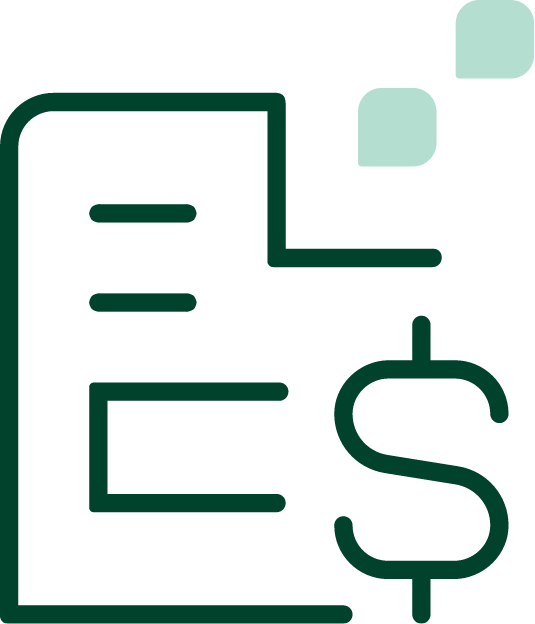
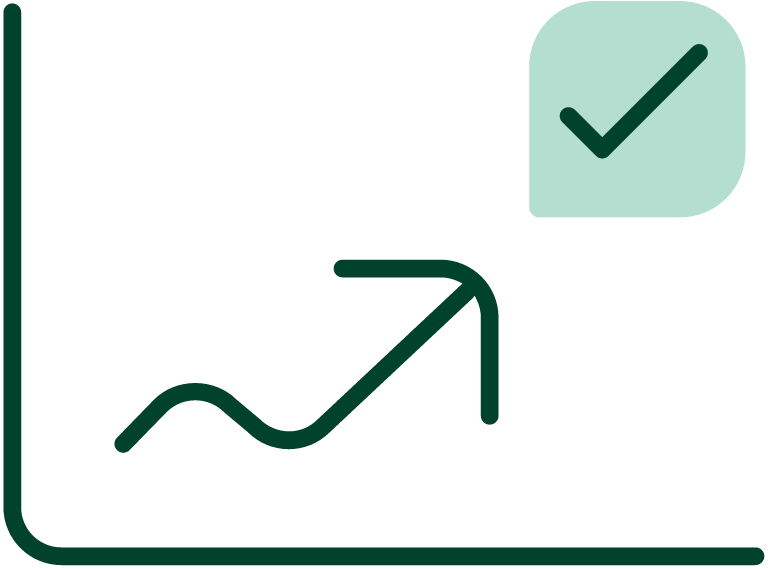

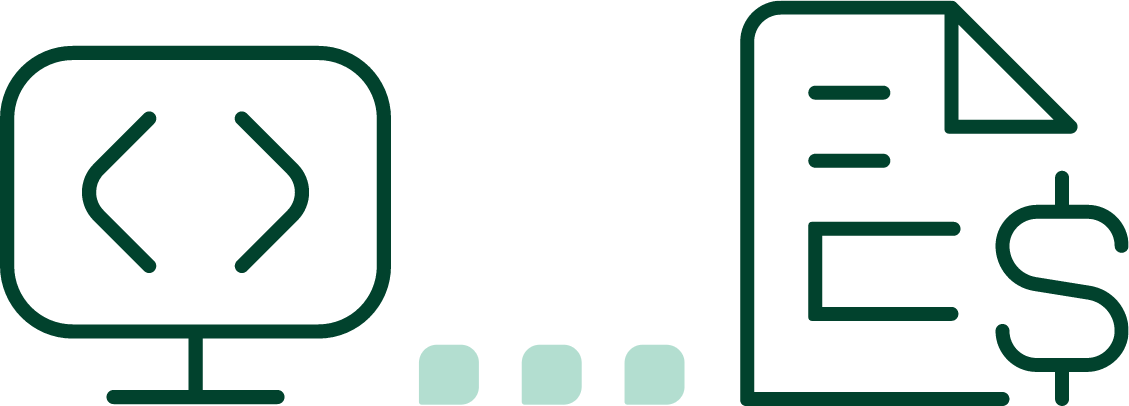
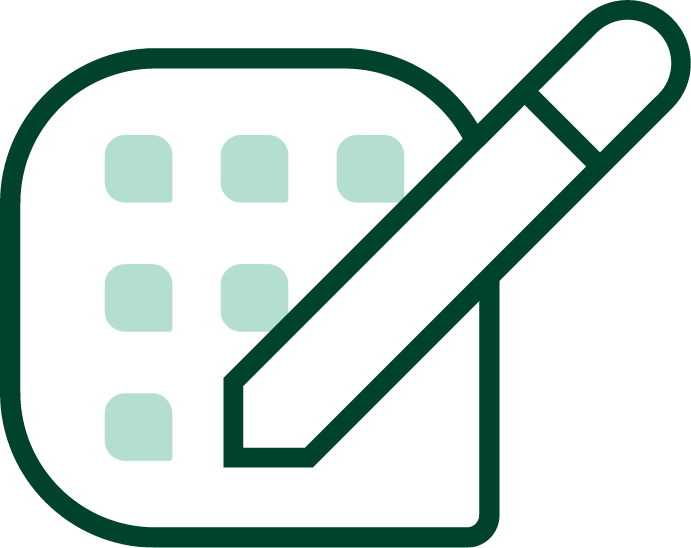
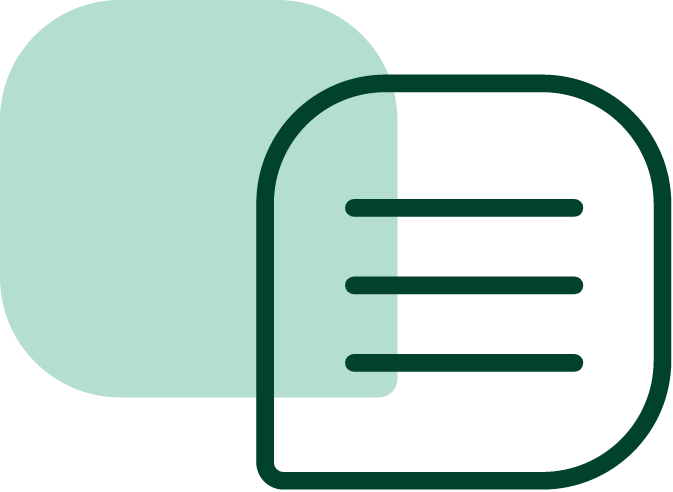
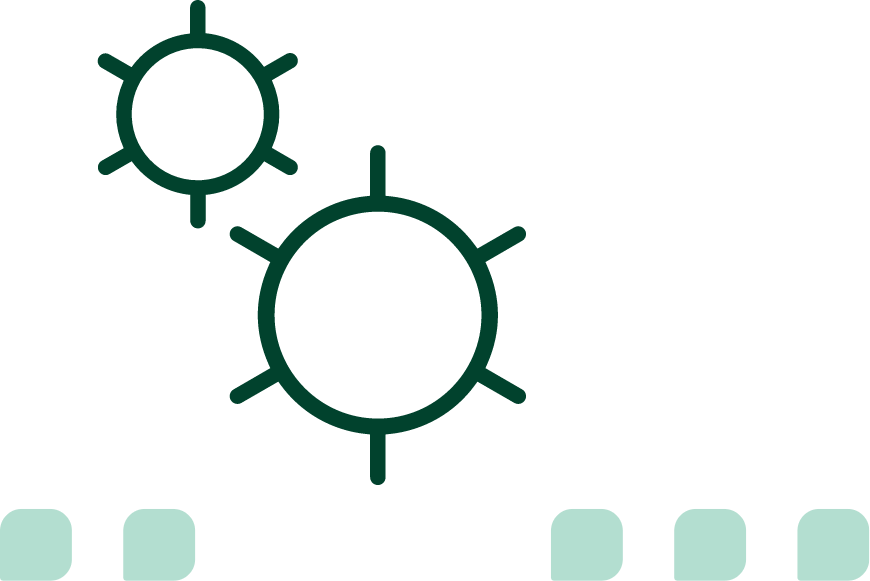


 No Fees, Just Payments: New at Gaviti
No Fees, Just Payments: New at Gaviti










